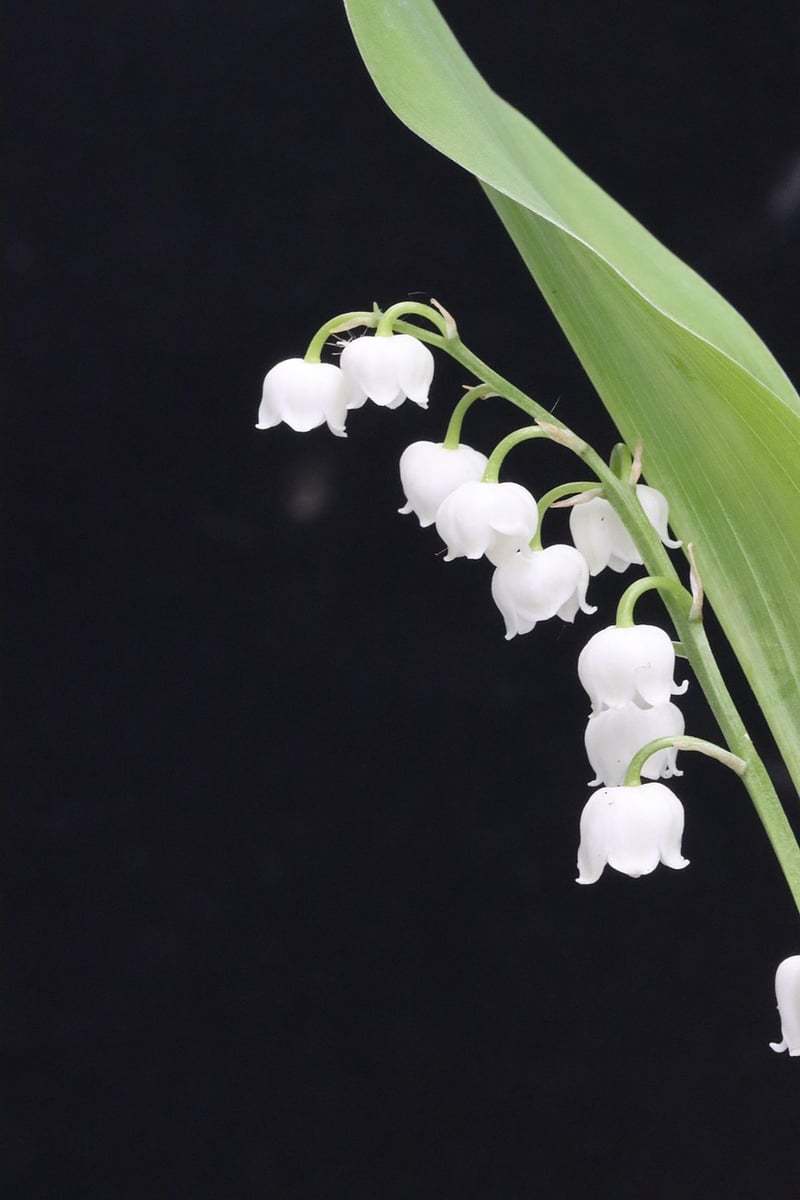Seasonal Care Guidelines
Keeping Your Vertical Garden Healthy: Seasonal Care Guidelines
Introduction
Vertical gardens are a popular way to bring greenery into small spaces and add visual interest to your home or office. To ensure your vertical garden thrives throughout the year, it's essential to provide proper care and maintenance. This guide will offer seasonal care guidelines to help you keep your vertical garden healthy and vibrant.
Spring Care
As the weather warms up, spring is a time of growth and renewal for your vertical garden. Here are some tips to care for your plants during this season:
- Check for any signs of new growth and prune as needed.
- Inspect the irrigation system for any leaks or clogs.
- Fertilize your plants to support their growth.
- Monitor the moisture levels in the soil regularly.
- Consider adding new plants or replacing any that didn't survive the winter.
Summer Care
Summer can be challenging for vertical gardens due to the heat and increased sunlight. Here's how you can care for your garden during the summer months:
- Water your plants more frequently to prevent them from drying out.
- Provide shade for plants that are sensitive to direct sunlight.
- Monitor for pests and diseases regularly.
- Trim any overgrown plants to maintain the garden's shape.
- Consider installing a misting system to keep your plants cool.
Fall Care
As temperatures start to drop, it's essential to prepare your vertical garden for the colder months ahead. Here are some fall care tips:
- Remove any dead or dying plants to prevent the spread of disease.
- Adjust your watering schedule as the weather cools down.
- Protect sensitive plants from frost by bringing them indoors or covering them with a cloth.
- Add a layer of mulch to insulate the soil and retain moisture.
- Clean and inspect the vertical structure for any damage.
Winter Care
During the winter months, your vertical garden may require less maintenance, but it's essential to ensure your plants survive the cold. Here's how you can care for your garden in winter:
- Reduce watering frequency to account for lower evaporation rates.
- Move cold-sensitive plants indoors or to a sheltered area.
- Monitor the soil moisture to prevent it from drying out completely.
- Prune any dead or damaged branches to promote healthy growth in the spring.
- Check the structural integrity of the vertical garden to withstand winter conditions.
Conclusion
By following these seasonal care guidelines, you can ensure that your vertical garden remains healthy and vibrant throughout the year. Remember to observe your plants regularly, adjust care practices as needed, and enjoy the beauty of your vertical garden in every season.

